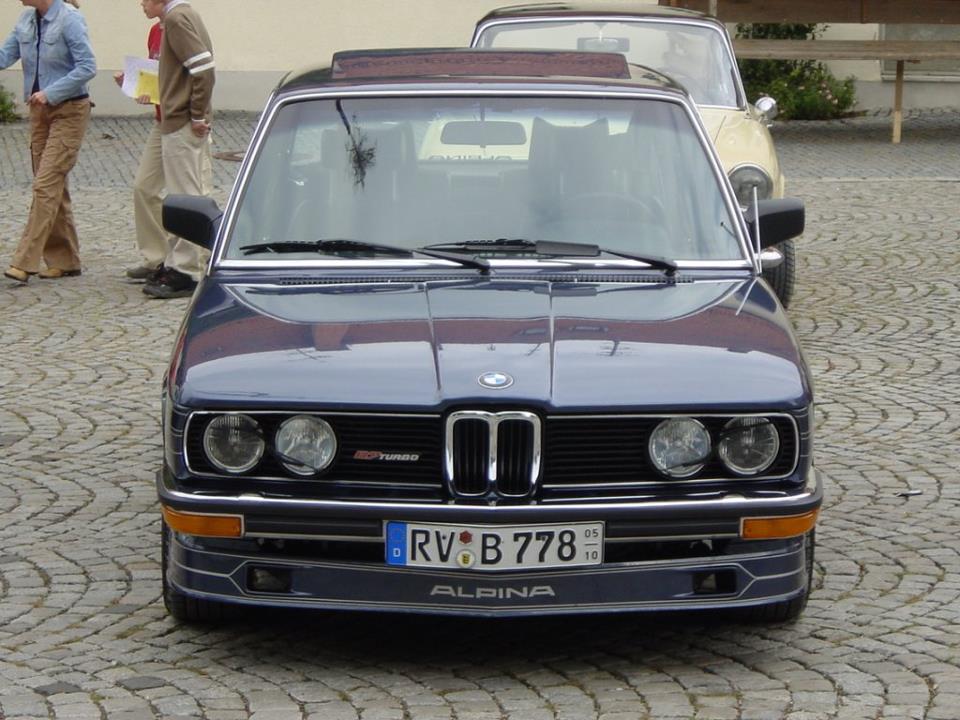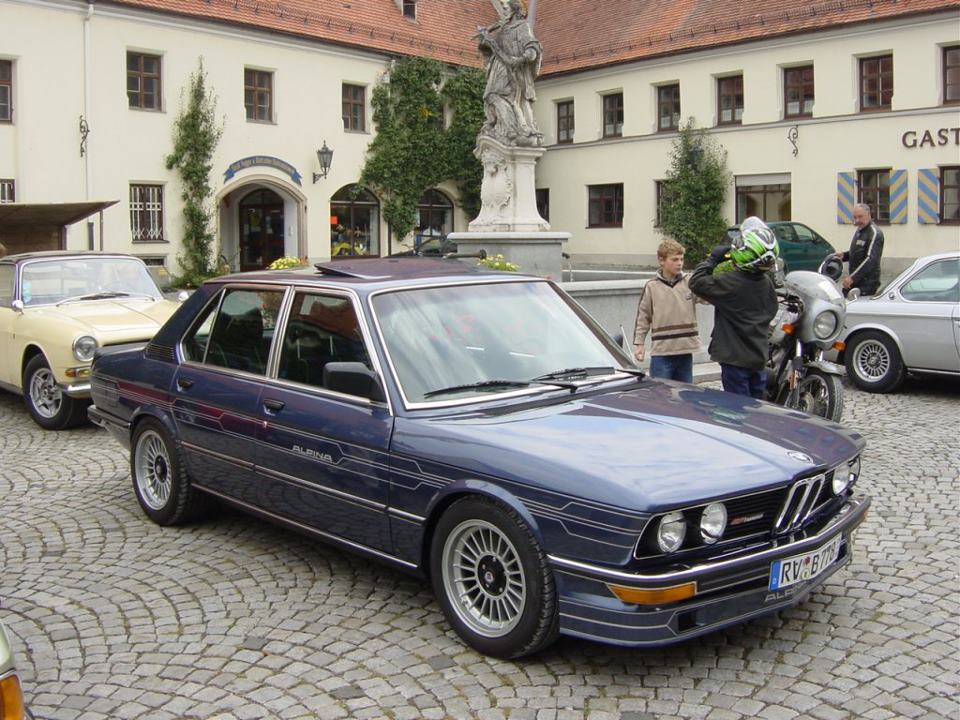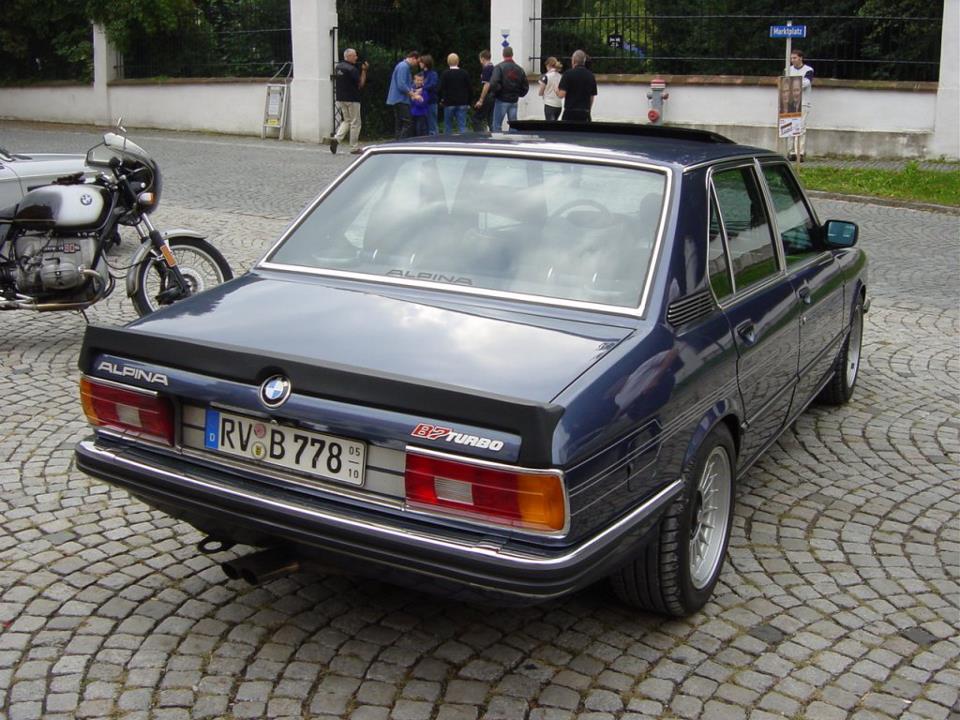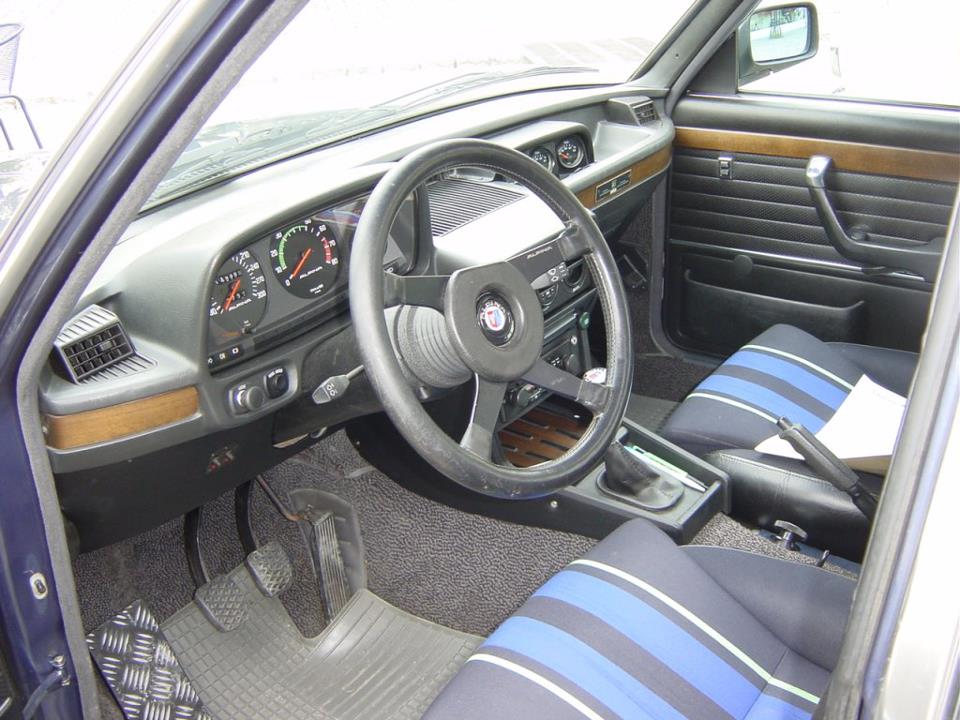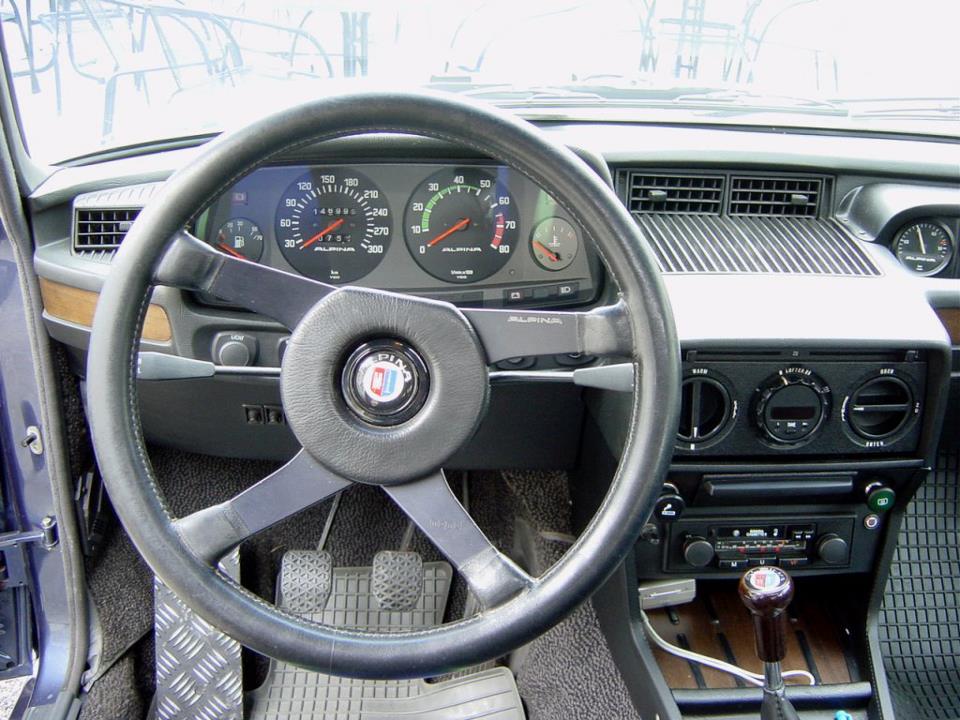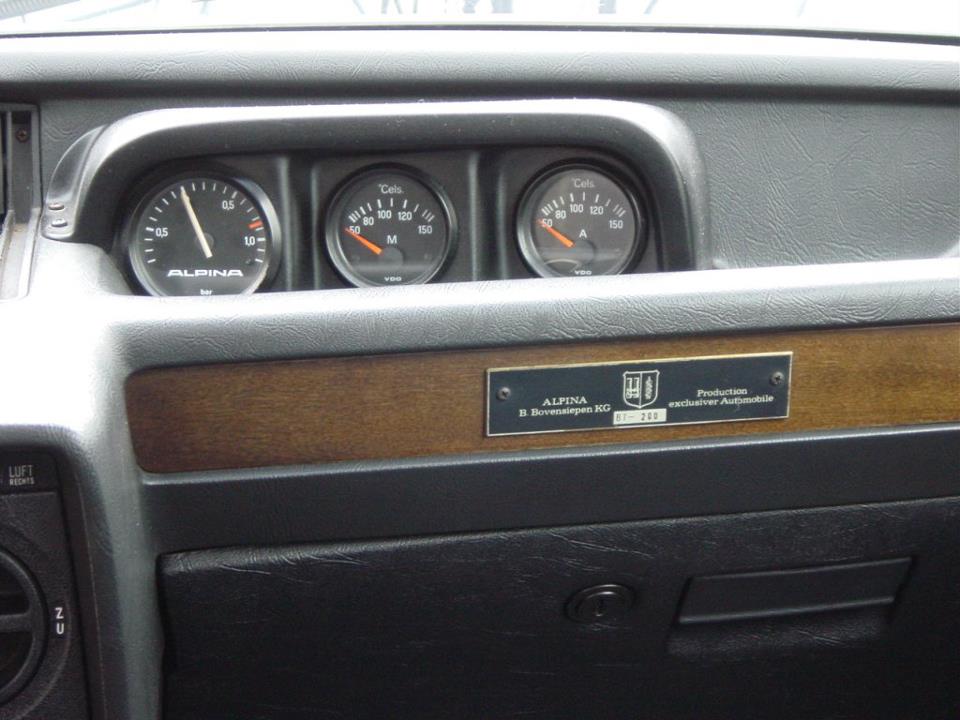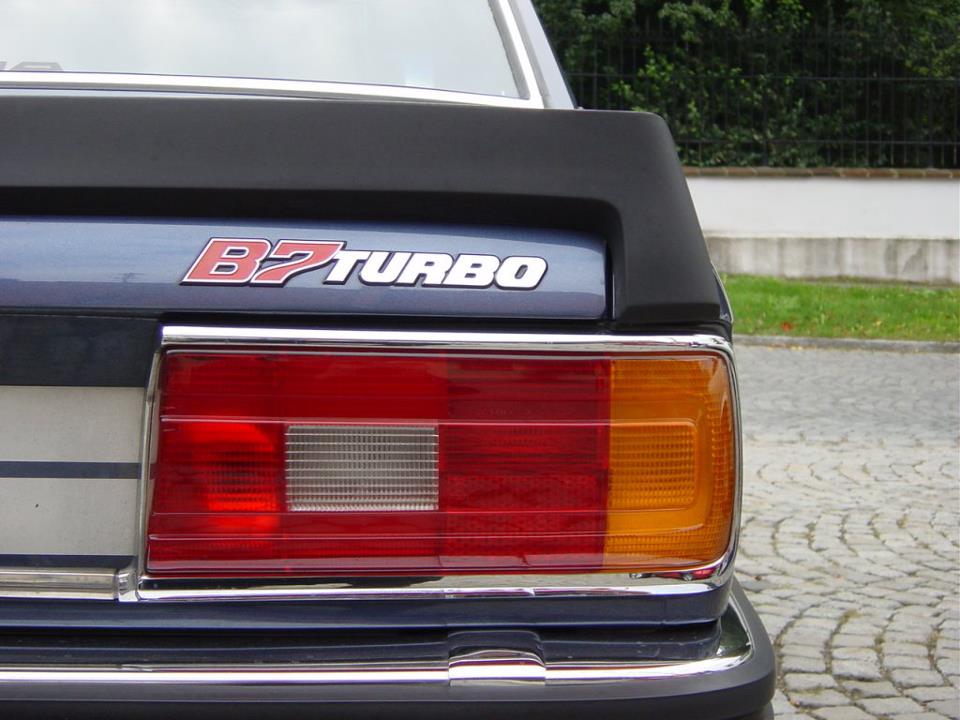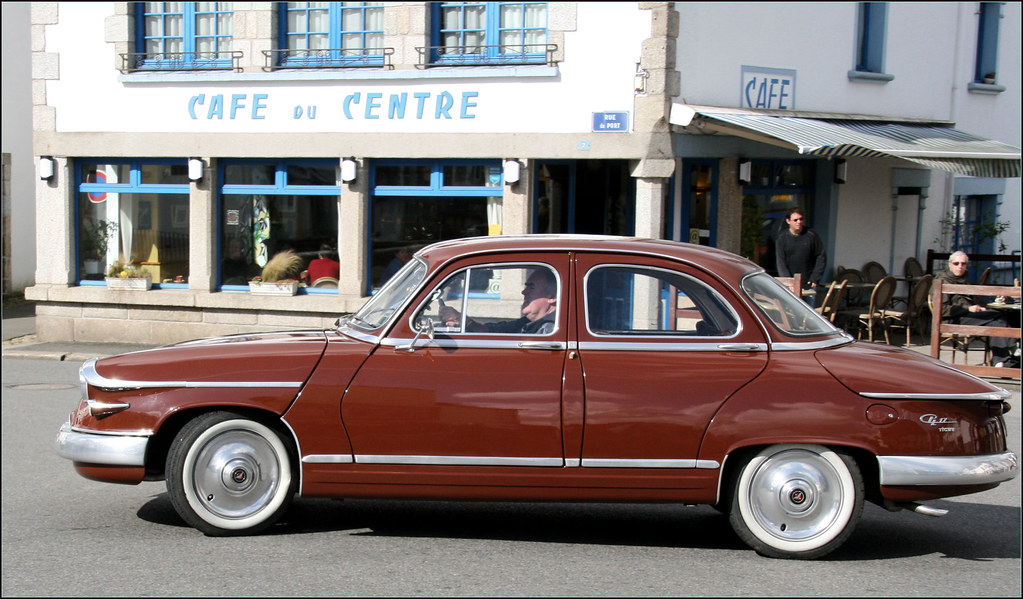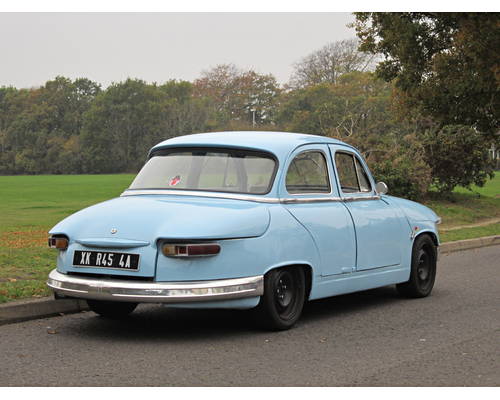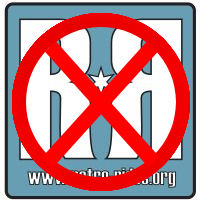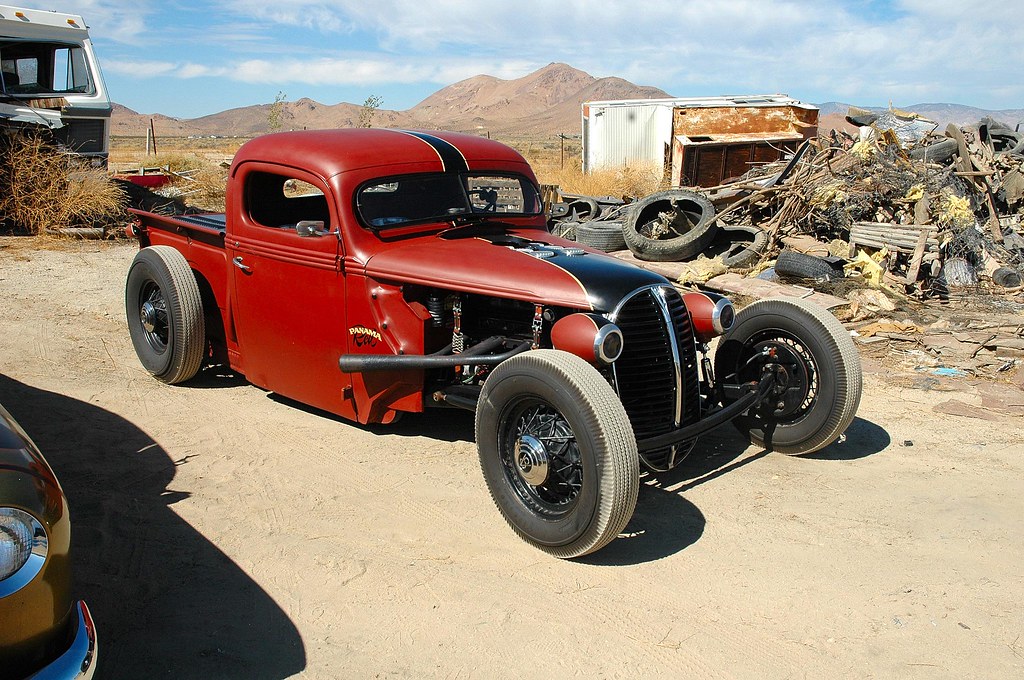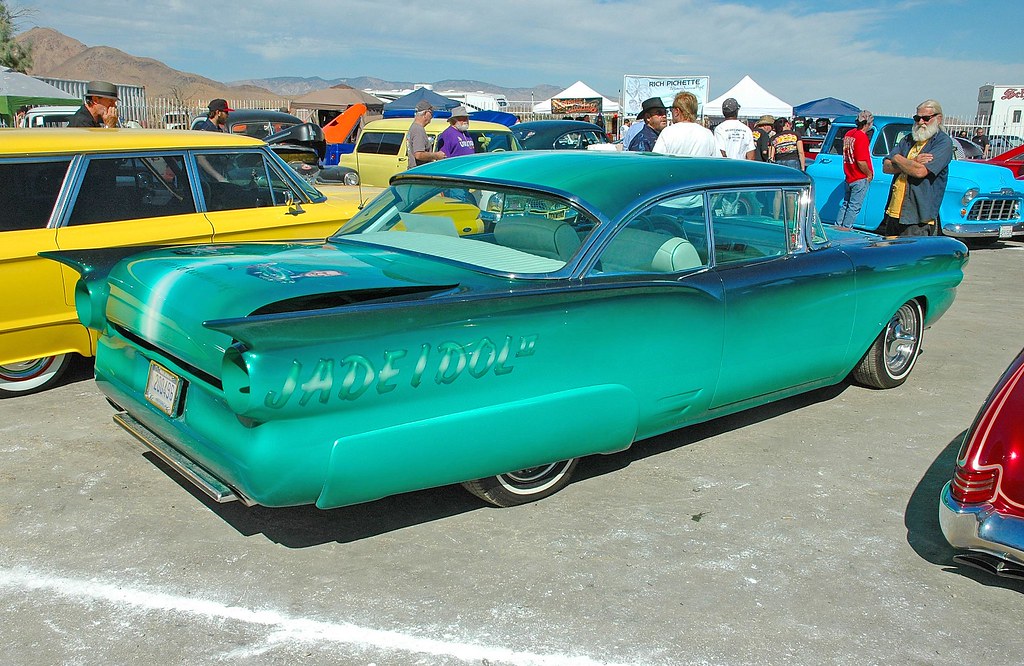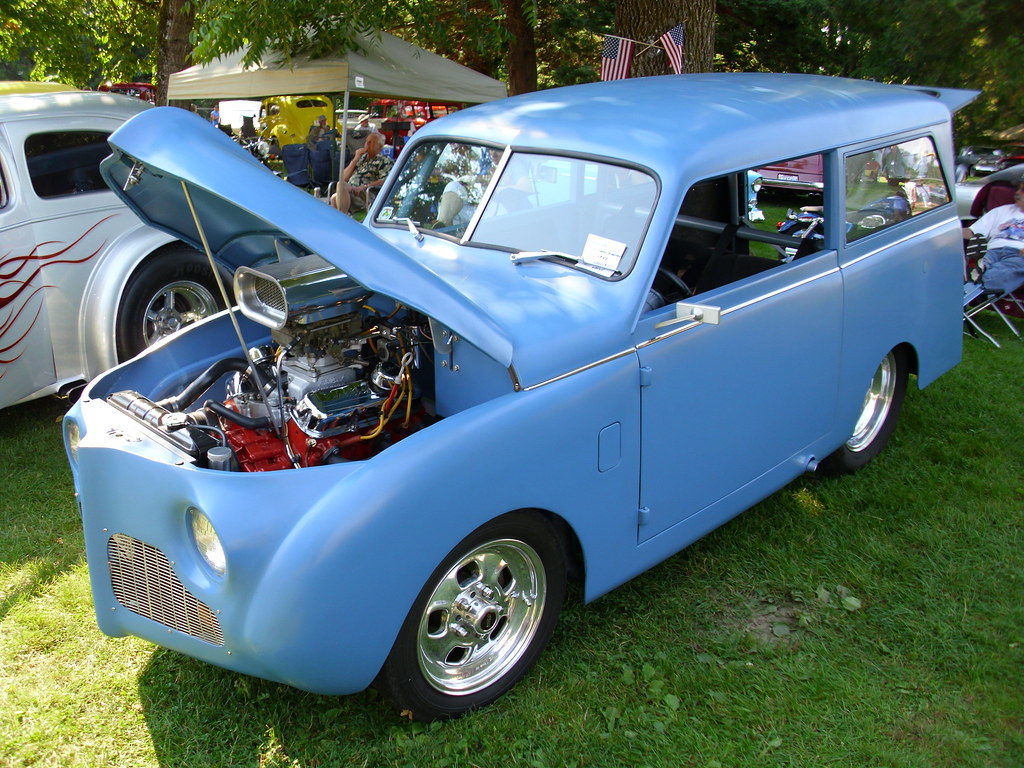The Alpina B7 turbo. Not so much a wolf in sheeps clothing, more a gangster in a businessman's suit. It was this car that took the solid foundations laid by the 2002-based B4/S (and to a lesser extent the A1,2 & 3 engine fitted to the E21 and E12) and took Alpina's still-fledgling road car business to new heights.
The B7 Turbo was the world´s fastest 4-door car when it was introduced at the 1978 Frankfurt IAA Motor Show Indeed, it´s still very fast by today´s standards. At first the car was called 530 Turbo, but Alpina soon changed the name to B7 Turbo.
The engine is based on BMW's 3.0 litre 'M30' six; but not much is left of the standard engine. Alpina fitted a KKK (Kühnle, Kopp und Kausch) K27 blow-through turbo with a maximum boost of 12psi. But the boost was variable (by a dial in the interior) between 8psi and the maximum, which means, in terms of power, between 250 bhp and 300 bhp. An intercooler is also fitted located behind the right pair of headlamps.
The turbo blew through race-style Pierberg/Zenith DL mechanical fuel injection, but while there was no ECU needed for the injection, there was with the ignition. In a world first for a road car, the B7 used Hartig adjustable electronic ignition, crucial for reliabilty. Because of the turbo's variable output and the fierce under-bonnet heat, the Hartig system would retard the ignition to kerb detonation, potentially lethal to long turbo life. Lower compression forged pistons and new valves were also fitted, more suited to the turbo installation. To handle the greater power and 342lb/ft torque, Alpina fitted a specially modified 5-speed Getrag gearbox.
The suspension was uprated with Bilstein springs, progressive rate springs, and adjustable dampers. The original brakes, while good, were deemed not up to task of reining in the power the B7 was packing, so were replaced by new, bigger ventilated discs front and rear. The signature Alpina alloys are 7x16 (f) and 8x16 (r), wrapped in 205/55 rubber up front with 225/50s bringing up the the rear. Speaking of the rear, the LSD had it's own oil cooler to compliment the Vader-esque looking diff cover.
Inside, the seats are replaced by hip-hugging items, manufactured to Alpina´s specifications by Scheel. The instruments have been replaced with special Alpina gauges, with red needles. There were additional gauges for turbo boost level, oil pressure and oil temperature. Other changes were the now much sought after four-spoke steering wheel (a Momo item also used on Maseratis of the time) and gear knob, a left foot dead pedal and a variable boost control located between the front seats.
There aren't many changes to the exterior, but that only adds to the subtle menace, in my opinion. The B7 had Alpina's mad 80's striping, but that was a no-cost option, front and rear spoilers and, of course, the trademark Alpina wheels. The B7 is also little lower than a standard 5er, due to the revised suspension.
As stated before, the B7 Turbo is a very fast car, even when compared to today's Autobahnstormers. In Auto Motor und Sport´s test back in 1981, the B7 accelerated from 0-60 mph in 6.1 seconds, 0-100 mph in 13.8, 0-125mph in 23.6 seconds and reached a top speed of 155mph. That 'Fastest 4-door saloon in the world' tag was no empty boast..
Between December 1978 and February 1982 a total of 149 cars were made. Unfortunately, the chances of finding a genuine RHD B7 Turbo are non-existent - the turbo and manifold would be occupying the same place as the steering, so none were built.
The same is also true of it's successor; enter the B7S.
The B7S was only produced from November '81 to May '82 as a 330bhp suceesor to the B7. The 3.5 version of the M30 was slotted between the chassis legs, together with a larger KKK turbo with higher 12.5psi boost and other refinements to help reduce the B7's savage turbo lag. It was of course, even quicker; 60mph now came up in 5.8, the 100mph mark in 12.5 and was all out at 163mph. Only 60 were built, so finding one for sale is even slimmer than your chances at a 'cooking' B7.
The B7 arguably set the template for the 'super-saloon' and while it has long been surpassed in overall performance, their exclusivity, not to mention their desirability, is still sky-high after all of these years.

